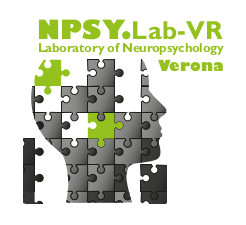Authors
Abstract
Anosognosia for hemiplegia (AH) is characterized by a lack of awareness of motor disorders and appears associated with fronto-temporal-parietal damage. Neuropsychological evidence indicates that behavioral indices of residual forms of motor awareness may co-exist with explicit denial of impairment. Here we explore whether the attempt by AH patients to perform an action may disclose residual forms of motor awareness and whether such forms are underpinned by different neural structures. Twelve hemiplegic patients affected by AH were tested in tasks assessing: (i) implicit awareness (IA), indexed by discrepancies between verbal reports and actual motor behavior; (ii) emergent awareness (EA), indexed by increased verbal awareness induced by the attempt to perform actions. IA and EA were found in five and three patients, respectively. Lesion analysis indicates that while the lack of IA is associated with damage to subcortical white matter anterior to the basal ganglia, lack of EA is linked to damage to cortical regions including insulo-frontal, temporal and parietal structures. Our results indicate that deficits in explicit and implicit awareness are associated with lesions involving different cortico-subcortical structures. Moreover, the results show that the attempt to perform an action may ameliorate body awareness deficits and have implications for rehabilitation.
Pubmed link
